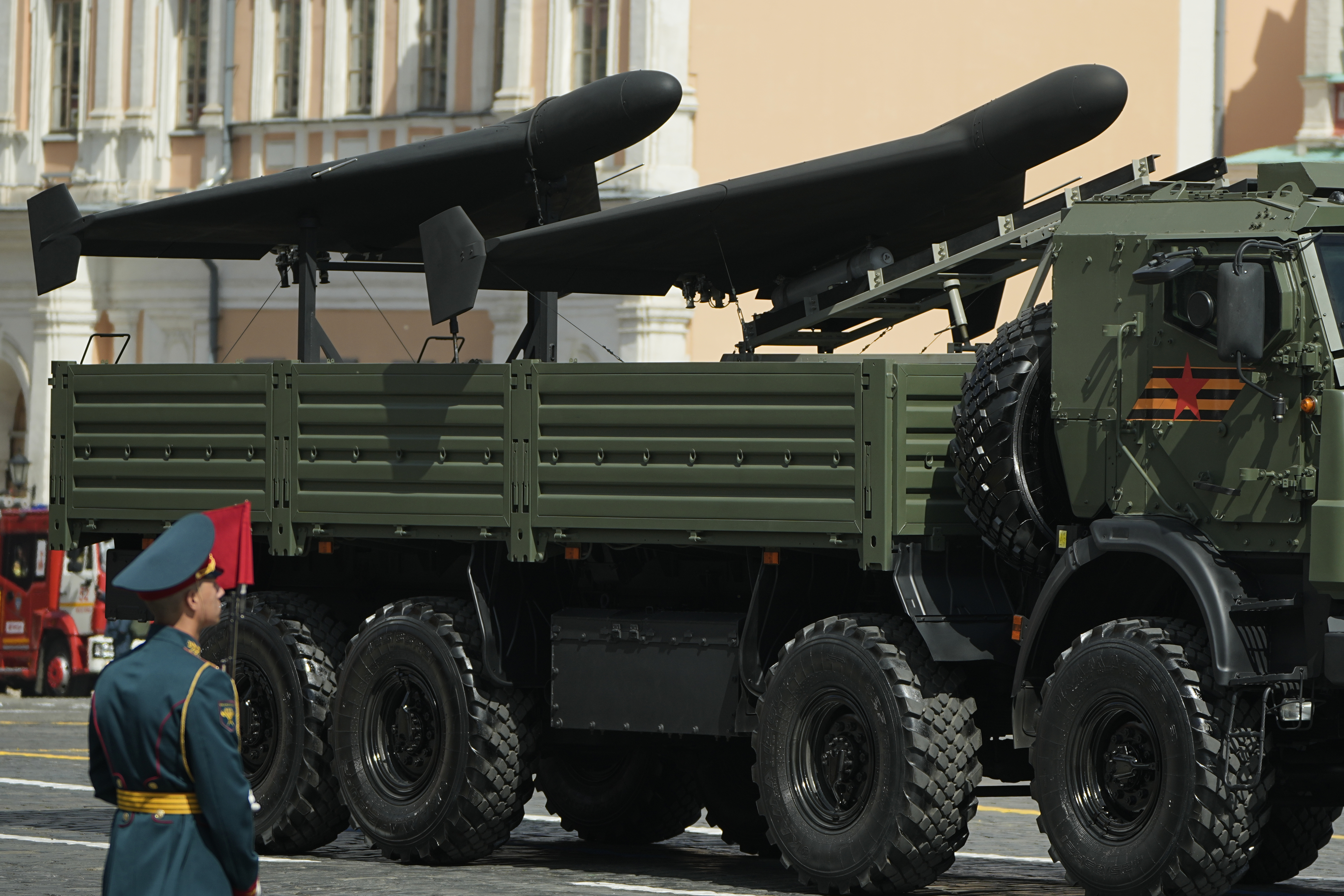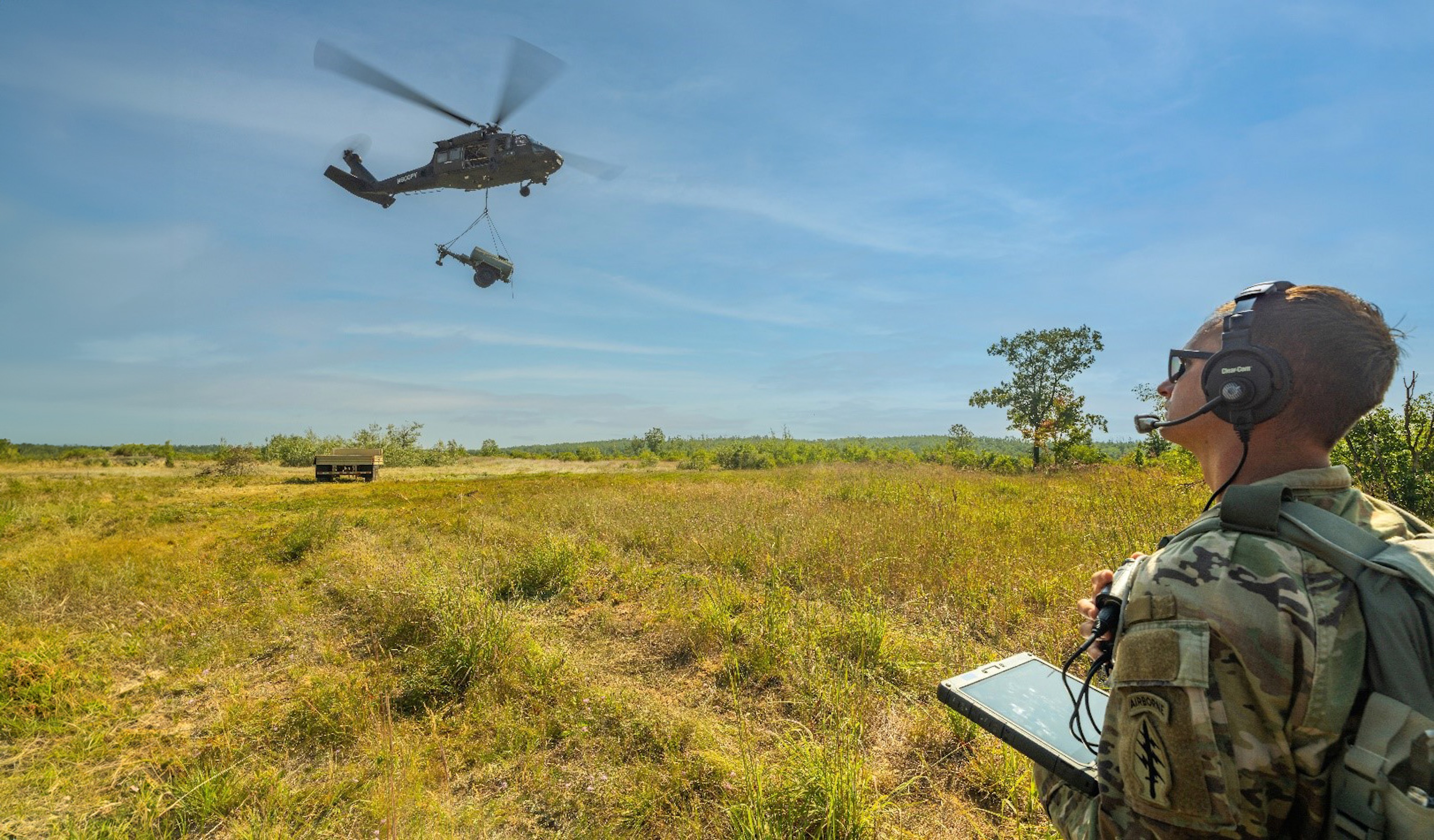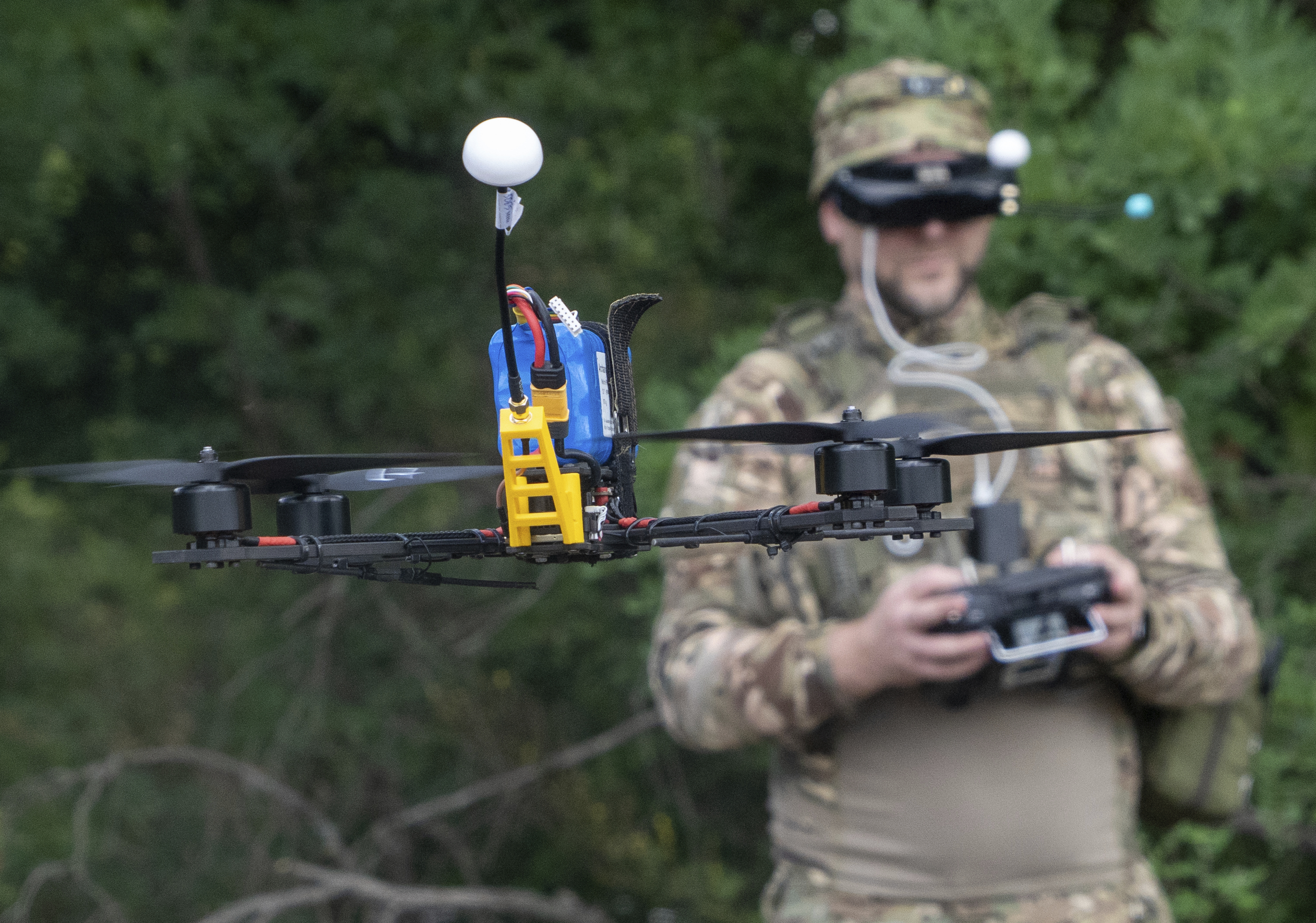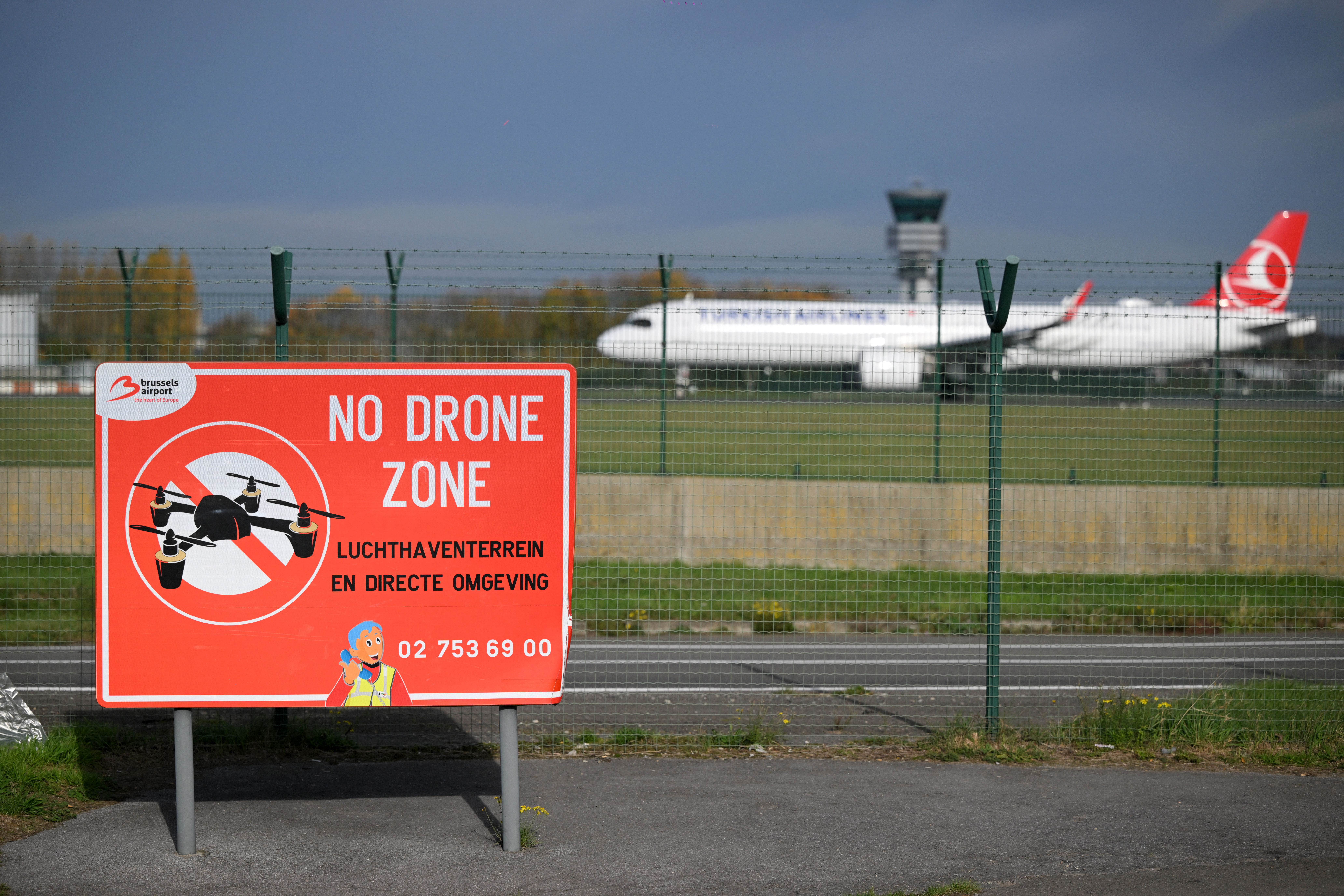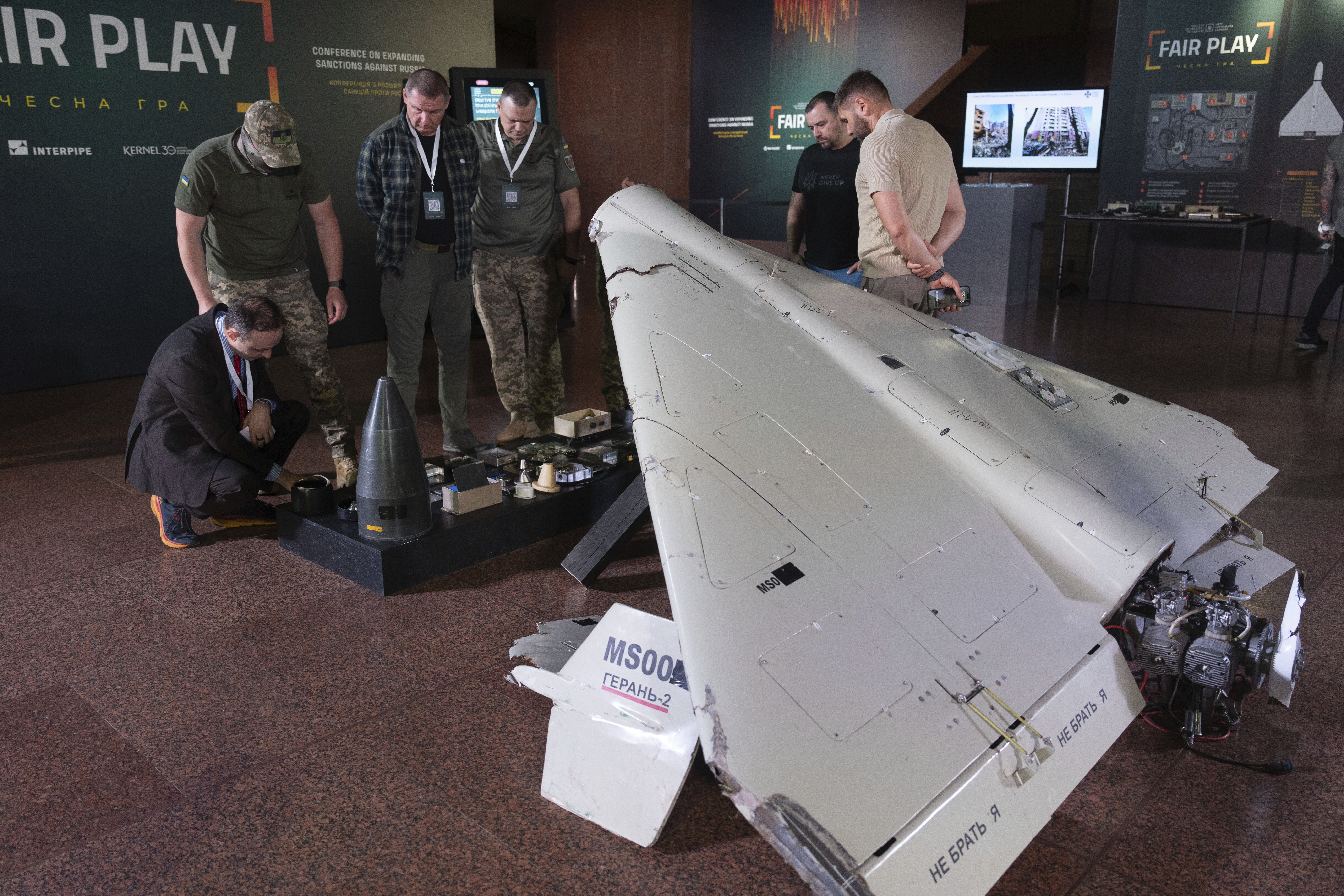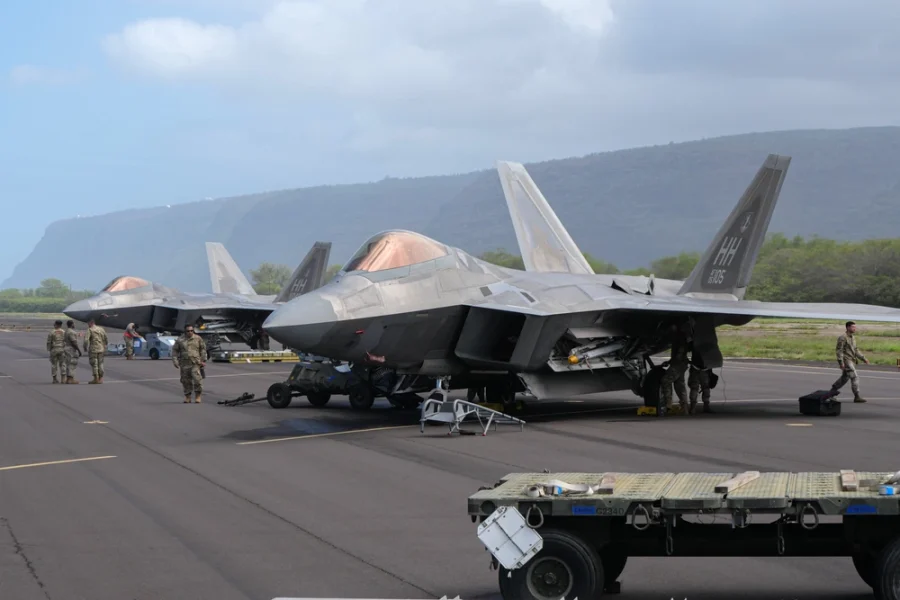
The Air Force is adopting a new methodology for how it counts its fighter force, boosting the overall numbers. But the new method, which lumps together primary and attrition reserve aircraft, appears to paint a rosier picture of the force that could ultimately undermine the service’s case for modernization funds.
The “Long Term Fighter Force Structure” report to Congress, issued in August but only recently made public, adopts the new Combat Coded Total Aircraft Inventory metric in place of the traditional Primary Mission Aircraft Inventory, by adding to PMAI both backup aircraft inventory and attrition reserve aircraft. Using CCTAI, the Air Force calculates that its fighter fleet has 1,271 tails.
By law, the Air Force calculates how many pilots, maintainers, and parts it needs based on PMAI and also uses that figure to calculate associated costs and requirements—everything from housing to pensions. So changing the calculus could impact the way the Air Force budgets, leaving the service short of requirements, according to retired Lt. Gen. David Deptula, head of AFA’s Mitchell Institute for Aerospace Studies.
“What they did in this report is basically combine all three of those different categories and come up with this new term, ‘Combat-Coded Total Aircraft Inventory,’” Deptula said. The distinctions between those categories “are very important, and here’s why: Because aircrew and maintenance manning authorizations are predicated only on PMAI.”
An Air Force spokesman acknowledged that “combat-coded includes PMAI, reserve attrition, and backup inventory,” emphasizing that “all of those jets are mission capable” and that, if needed, all could be deployable. Still, the spokesperson acknowledged that “reserve attrition and backup inventory are funded at a different rate.”
The result, according to Deptula, is that the move could inadvertently “mask the Air Force’s manning crisis.”
Fighter squadrons are typically authorized “1.25 aircrews and 20 maintenance personnel for every PMAI jet,” Deptula said. Historically, that has meant each squadron gets 24 PMAI jets plus “three for attrition reserve aircraft and another one for backup aircraft inventory, for a total of 28 aircraft,” he explained. “A 24-aircraft squadron would thus be authorized to have 30 pilots and 480 maintainers according to that accounting.”
The issue is that “funding for pay, housing, flying hours, spare parts—virtually everything that’s required for a squadron to operate—is based on those 24 PMAI jets. Not on the 28 [the squadron] has on the flightline. So the challenge here is, if you reclassify all PMAI and backup inventory/attrition reserve jets as Combat Coded Total Aircraft Inventory, that kind of masks the Air Force’s readiness manning crisis, and I think it’ll further erode the service’s own understanding” of its budget requirements.
The report notes that fielding a ready, “low-risk” force requires boosting Weapon System Sustainment accounts, which fund the fuel and maintenance necessary for frequent flights. These accounts are currently budgeted some $400 million short of the requirement, and the Air Force must “right size” those readiness accounts. The report also acknowledges that the fighter fleet will shrink for a couple of years before it begins to recover.
The Air Force fighter fleet “must improve readiness and effectiveness while sustaining an aging fleet,” the report states, and “pilot shortages exacerbated by training bottlenecks, sustainment challenges, and limited manpower are additive [to that problem], but outside the scope of this report.”
New Chief of Staff Gen. Kenneth S. Wilsbach has said increasing flying hours from today’s historic lows is a top priority.
Matt Donovan, who was Undersecretary and Acting Secretary of the Air Force during the first Trump administration, said the Air Force’s new report seems “to obfuscate the real numbers, to perhaps keep them from ‘busting’ the statutory inventory floor of 1,145 PMAI for fighters, which they most certainly will.”
It is “putting lipstick on a pig,” Donovan said. “No matter how much lipstick you put on a pig, it’s still a pig.”
The law that sets the minimum number of fighters the Air Force must field requires the service to count “manned” fighters, which means only primary mission aircraft. Adding in the others throws off the calculus, said Donovan, a former professional staff member for the Senate Armed Services Committee. “When I first put the inventory floor into the SASC report, the Air Force lobbied me hard to include unmanned assets,” Donovan said. “They may still feel that way.”
The Air Force may have waited until now to recommend the change, Donovan suggested, because “the inventory floor requirement currently in Title 10 expires on Oct. 1, 2026.” That means the requirement is moot beyond that date, he added: “In other words, it’s a cliff they will likely drive off.”
Donovan said the legislation’s “unspoken rationale was an attempt to get the Air Force increased support for larger procurement funding, and to give them a built-in reason for it: i.e., ‘It’s the law!’”
But Air Force budgets never sought the large volume of fighters Donovan thought the service needed.
The Air Force report states that in order to rebuild the fleet to its required size, future budgets should “max out” potential production capacity of the F-35, buying 100 jets a year—more than double current rates. USAF also said it would need to increase F-15EX buys to 36 jets a year, 50 percent more than the 24 now planned.
Autonomous, uncrewed Collaborative Combat Aircraft, while important for mass, would be in addition to fighters, not instead of them.
Donovan said the Air Force’s report doesn’t break new ground. “The Air Force has been saying this for the better part of two decades, so no one is hearing it any longer,” he said. “It has become so matter-of-fact that it receives zero attention, when it is the single, overarching issue facing the Air Force today, and is the root cause of many challenges, such as aircraft availability, pilot shortages, and myriad readiness issues, to name but a few.”
The report errs, Donovan said, in its failure to “place the issues in the context of overall insufficient funding levels for the Air Force, although probably because it is scoped to the fighter fleets only.” Every such communication with Congress, he said, “is an opportunity to highlight that the Air Force is still too small for what the nation asks of it … Of course, [the Office of Management and Budget] gets to chop on all these communications,” so the Pentagon and White House “have to first be convinced.”
Deptula agreed that the new base fighter number is “a means to try to show that the Air Force is staying above the minimum combat-coded aircraft that Congress established back in 2018.” But in making such a shift, the service is also “changing well-established definitions that have been used for decades.”
Doing so could erode congressional trust, Deptula said. “Congress gave the Air Force explicit direction and set a minimum number of primary mission aircraft that the Air Force has to maintain and operate,” he said. “In its current state, the Air Force is going to fall short of that, and changing how you count doesn’t change the underlying facts.”
Other categories need to be highlighted, too, according to one analyst.
Of any fighter fleet, they said, some 25 percent is needed for training, five percent for testing, 10 percent for attrition reserve, and another 10 percent for backup aircraft inventory. “Add all that up, that’s your total aircraft inventory,” the analyst, granted anonymity for this article, said.
Those other categories add up fast.
In order to actually deploy 24 combat-coded jets, “I really need 38,” the person said, to have six for training, 1.5 for test and 3.2 for backup inventory, “and add some that are in depot and some more for attrition reserve, because we’re going to lose some over their lifetime in accidents, or because they got shot down. You do the math.”
The analyst added: “It’s been that way for decades … and Congress understands it that way.”
Donovan said it’s not clear whether the Air Force’s fighter plan will hold up, because the underlying analysis has not been included. It lacks “the critical assumptions and constraints applied, which hopefully are addressed in the classified annex to the report that we haven’t seen,” he said.
While the Air Force says the roadmap is based on “2025 Interim National Defense Strategic Guidance,” it’s not clear how a much-anticipated new National Security Strategy and National Defense Strategy could change assumptions, Donovan said.
“‘Did the Air Force go far enough?’ is impossible to answer without understanding the goals, objectives, and priorities laid out in any new strategic direction,” especially if it departs significantly from those of the recent past, he said.
Maybe those considerations are included in the classified annex to the report, but “if Homeland Defense is the number-one priority and mission in new strategic guidance, that would significantly change the underlying requirements” for the Air Force’s fighter requirements and supporting capabilities, he said.
“For example, for one major regional conflict plus other lesser contingencies (e.g., defending Taiwan), versus two major regional conflicts (e.g., defending Taiwan plus bolstering against saber-rattling in Europe), etc., deploying and sustaining fighter forces thousands of miles away is significantly different than employing fighter forces to defend the homeland,” Donovan said.
Donovan also noted that the 2018 Air Force white paper, “The Force We Need”—which specified 386 squadrons, 55 of them fighters—”was an attempt to quantify an actual requirement to staunch the ongoing bleeding-away of Air Force capabilities and build toward the requirements of the 2018 National Defense Strategy.”
The concept was modeled on the “355-Ship Navy,” a clearly stated requirement that was “enjoying broad support on the Hill” at the time. “Congress even passed a resolution that stated a 355-ship Navy was the official policy of the United States,” Donovan said. “We were hoping to capitalize on this effect. As you know, the results were mixed.”
Now, the new force structure report lays out a requirement for 1,558 fighters to achieve “low risk,” a figure that would translate to about 65 squadrons. But that’s “not realistic in the least without a massive influx of funding,” Donovan said, “especially in light of other even more massive recapitalization efforts such as the B-21 and Sentinel ICBM efforts.”
On top of that, the report also states the standard planning guidance aims for a “‘medium risk’ calculation,” not low risk. Donovan said. “So, they qualify the number as aspirational right from the start.”
He predicted that Congress “will likely ignore it and deem it sufficient to keep them at 1,145.”
Donovan also noted that “the term ‘air superiority’ doesn’t appear” in the report once. “This seems to be consistent with the evolving mission statements of the Air Force, which have migrated in recent times from Air Dominance to Air Superiority, to of late, localized air superiority,” now typed out in lower-case.
A former House Armed Services Committee staffer—who said they are supportive of the Air Force increasing its fighter fleet size and capability—said the Air Force is “going to have to do a lot of education and socializing with this.”
The post Air Force’s New Fighter Math Doesn’t Add Up for Critics appeared first on Air & Space Forces Magazine.

Air, Combat Coded Total Aircraft Inventory, Congress, Gen. Kenneth S. Wilsbach, Long Term Fighter Force Structure, Primary Mission Aircraft Inventory, Readiness
Air & Space Forces Magazine
Bitcoin
Ethereum
Monero

Donate Bitcoin to The Bitstream
Scan the QR code or copy the address below into your wallet to send some Bitcoin to The Bitstream

Donate Ethereum to The Bitstream
Scan the QR code or copy the address below into your wallet to send some Ethereum to The Bitstream

Donate Monero to The Bitstream
Scan the QR code or copy the address below into your wallet to send some Monero to The Bitstream
Donate Via Wallets
Select a wallet to accept donation in ETH BNB BUSD etc..





